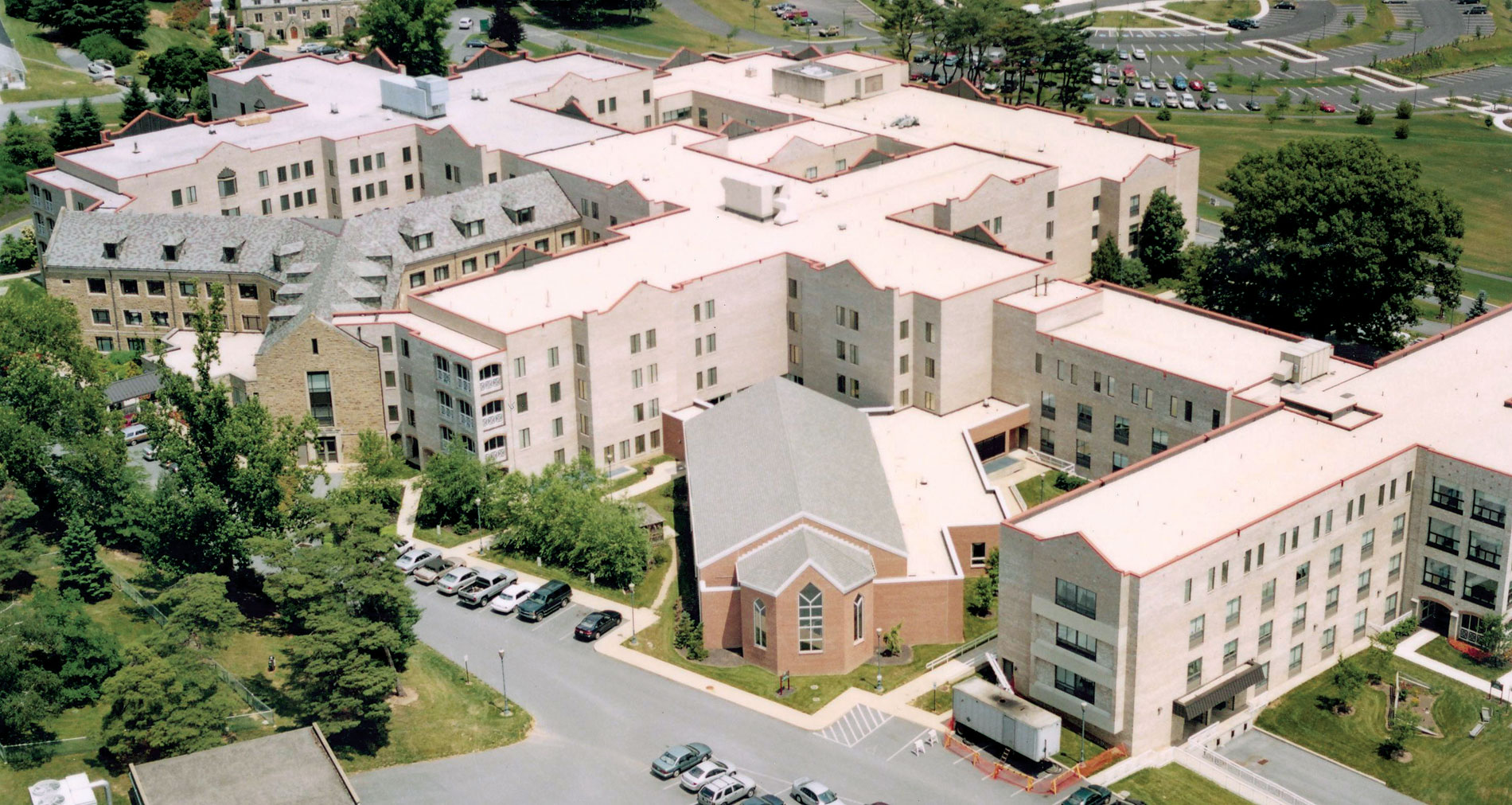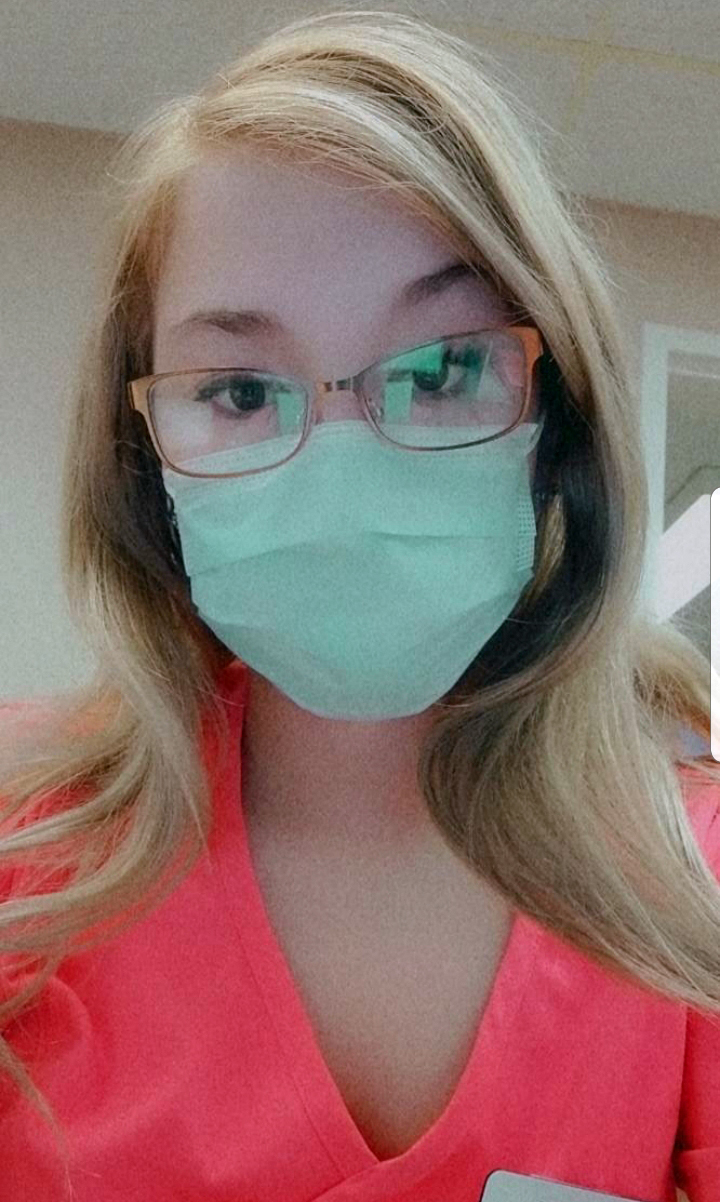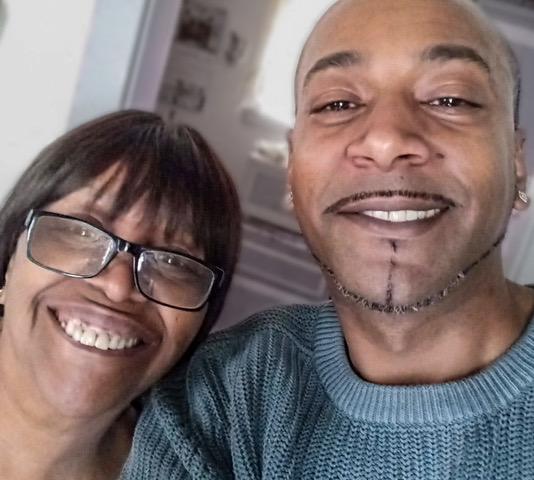
She was cleared to return to work just over two weeks later, but for weeks afterward, she said, “The exhaustion just does not go away.”
She and Tristan Adams, another former temporary nursing assistant who worked at Brighton for two years till July, both said Brighton has long hired out-of-state agency workers. But after the outbreak began, Brighton had to go farther and farther to find agency workers — primarily from Southern states such as Louisiana, Texas, Alabama and Georgia.
For many of those agency nursing assistants, the pay was higher at Brighton — $15 an hour or more, plus travel stipends — than what they were making down South.
Yet, for many, the outbreak proved too much even for the higher pay.
“People who were up here before COVID started, they were amazing workers,” Ms. Moore said. “But they got scared and went home.”
With so many of the nursing staff either sick or refusing to come to work, at one point in early April Brighton’s managers put out their first request to the state to bring the National Guard in to help staff the building. The state, though, initially rejected the request, until May 11, when it sent 40 troops to Brighton for a week’s worth of work, primarily helping to clean the building.
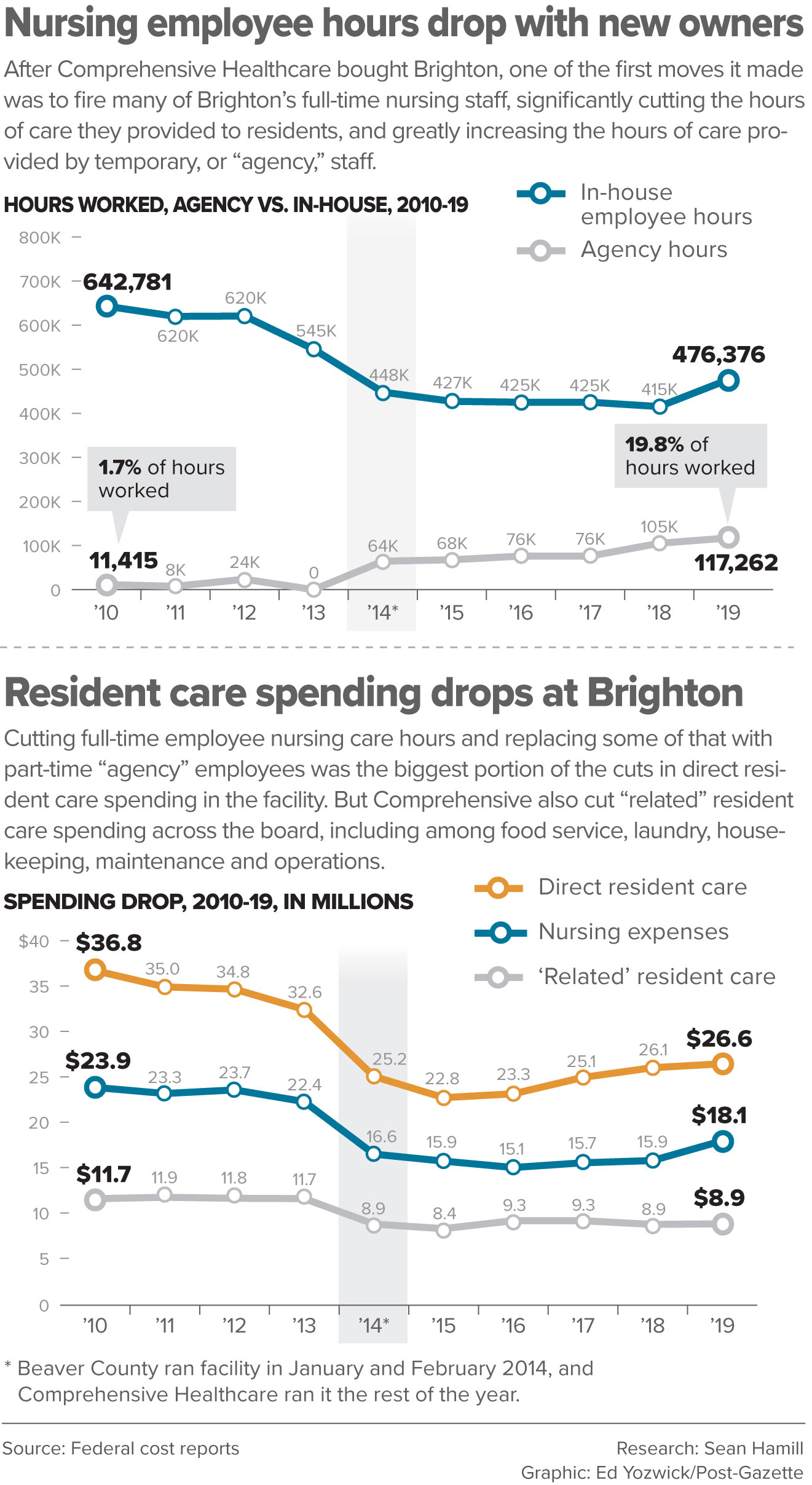

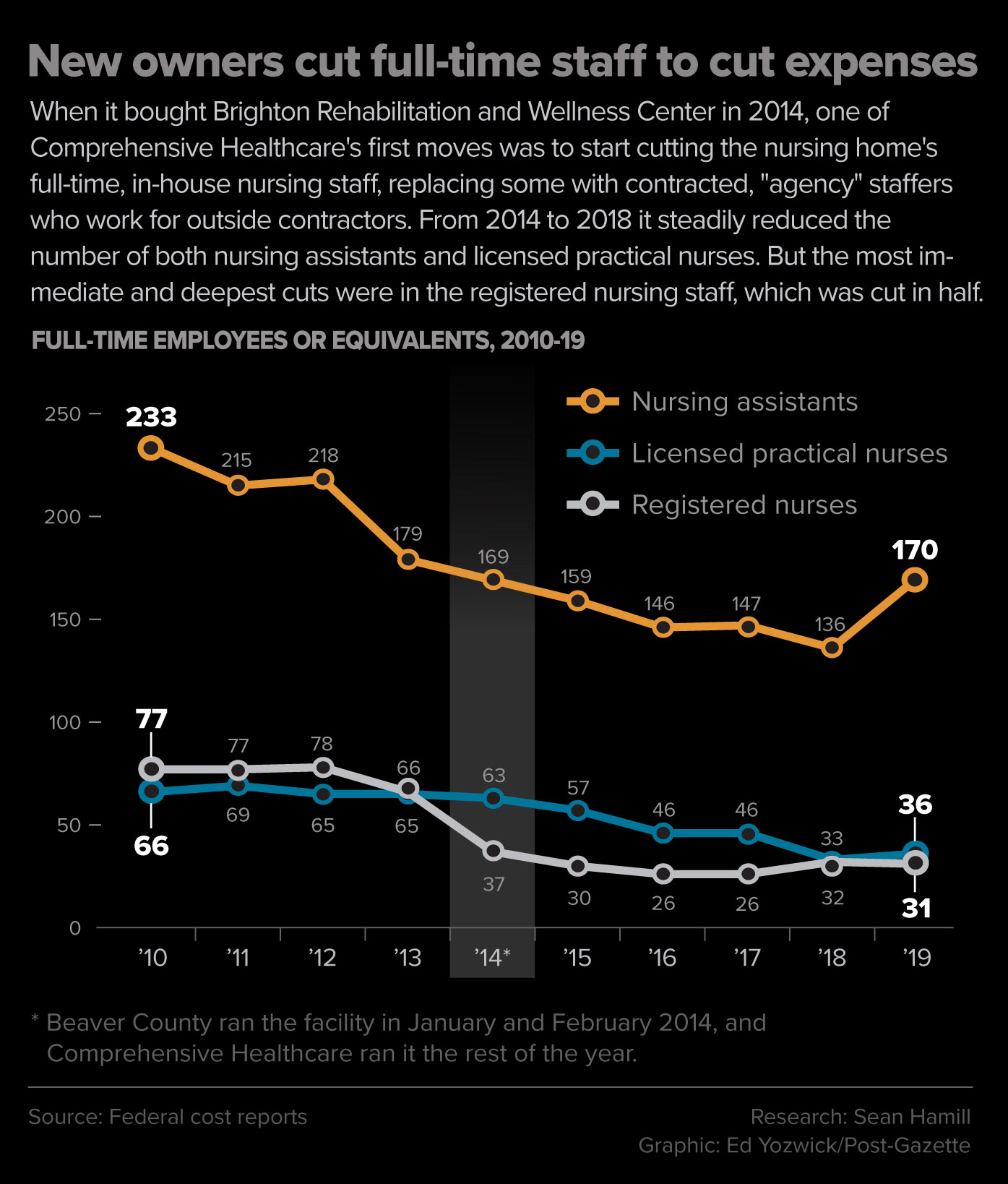

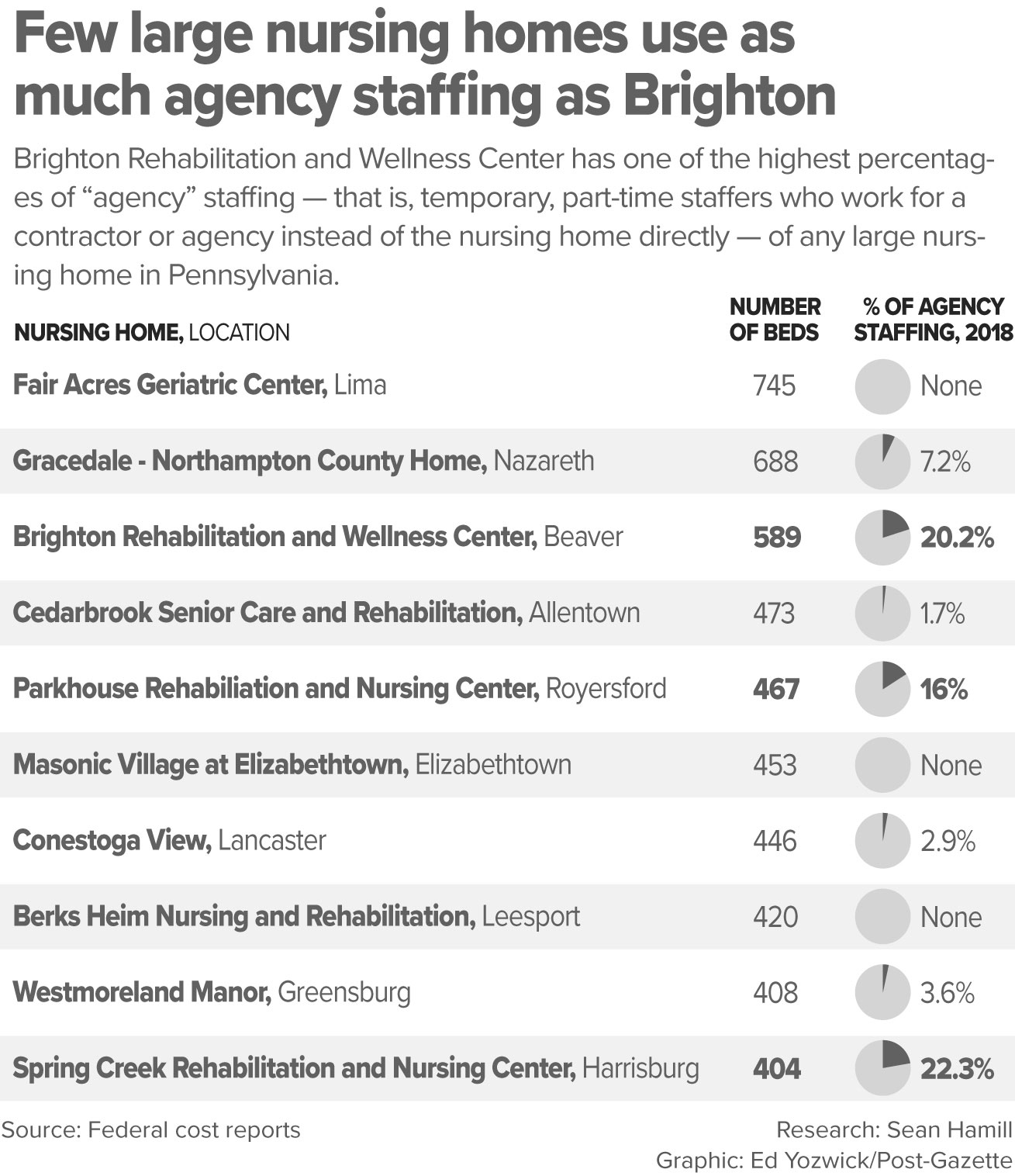
.jpg)
